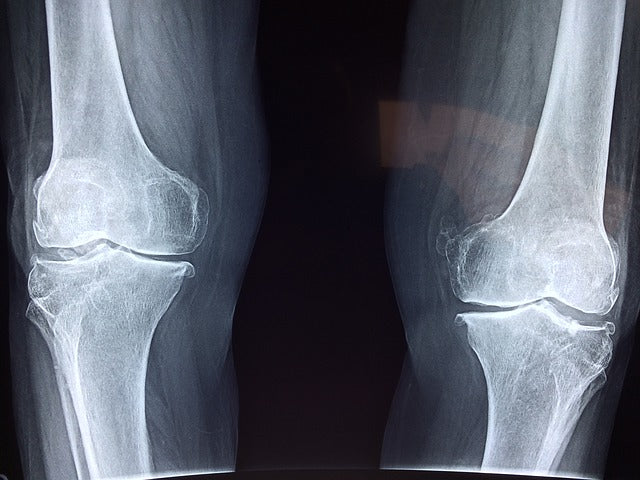Fosamax for Your Bones: A Cautionary Tale
November 14, 2016 2 min read

On November 30, 2016, I interviewed Sandi Putnam via live webinar. Many years ago, Sandi was a very dutiful patient and followed her doctor’s orders, without question. She trusted her doctor and knew he had her best interests at heart. So, when her doctor told her that she had low bone density—“osteopenia” not osteoporosis—and that she needed to take Fosamax, she took the medication.
The result was a nightmare beyond imagining: Sandi had never broken a bone in her life, but after 7+ years of taking Fosamax, she suffered a fractured sacrum, vertebra and multiple pelvic fractures, not due to any traumatic stress, but simply from the weight of her own body. The excruciating pain incapacitated her for over a year, exacerbated by the failure of her health team to properly identify what was happening to her, despite outright evidence on x-rays and MRIs. The lesson here: long-term use of Fosamax (a bisphosphonate) can result in fragile bones that can fracture easily in a small percentage of people.
Her story is one that we can all learn from. Any time a medication is prescribed as a result of a test, that conclusion should be questioned. It doesn't mean that medications are always inappropriate; sometimes they can be lifesaving. In Sandi's case, however, it was not medically indicated. She was not in imminent danger of sustaining a fracture at the time of her osteopenia diagnosis. Her bones were probably pretty healthy. The video interview about her case is something everyone should see. I wish I could say this type of case is rare. Sadly, I see it frequently among my clients: people who come to me seeking another opinion, or because they, too have sustained these types of non-traumatic fractures.
NOTE: The diagnosis of osteopenia was never meant to be an actual diagnosis, and for some it can mean that their bone density is normal for them. Osteopenia simply means low bone density. It does not necessarily mean that any bone loss occurring. The bone density of women past menopause and men over the age of 50 are typically measured against that of an average 30 year old. If you have a small skeletal frame and small bones, this can result in a false-positive “diagnosis” of osteopenia, or even osteoporosis.
Another important note is that there are many people who have normal bone density or osteopenia who break bones easily (low-trauma fractures). When this happens we know that something else—other than bone density—is at play, and that is bone quality. This is why two people can have the same bone density, but one breaks bones easily, while the other has never broken a bone. Poor quality bone can be the result of poor nutrition, years of smoking or alcohol abuse, gastrointestinal disorders that result in malabsorption and, as mentioned above, prolonged use of some osteoporosis medications.
Subscribe
Sign up to get the latest on sales, new releases and more …

